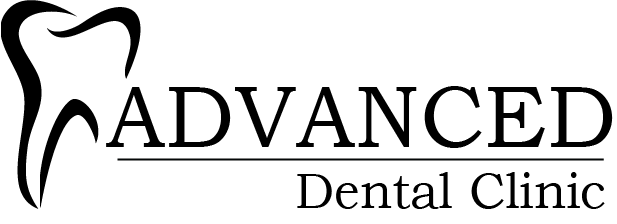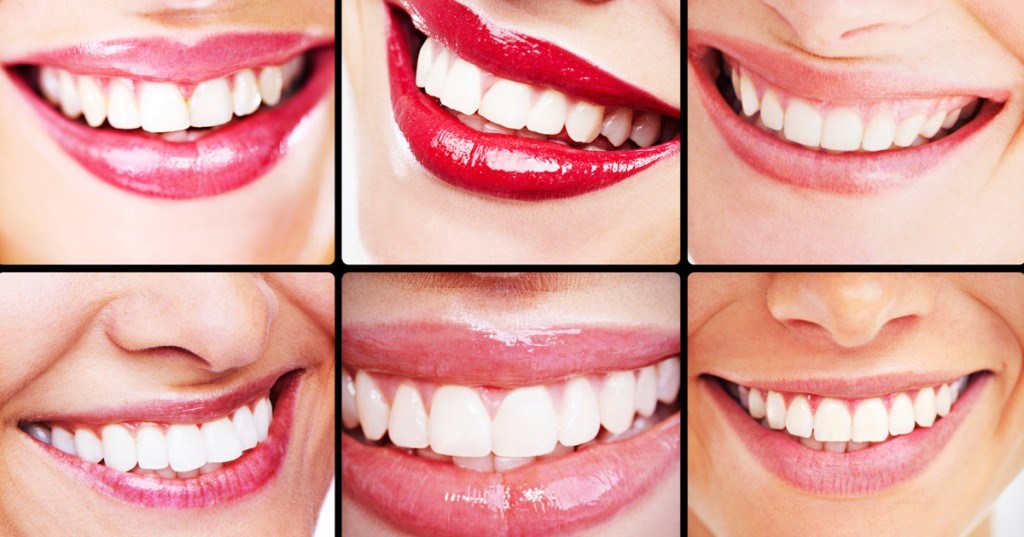Considering a smile makeover? Changing the shape or color of teeth can be done several ways. Porcelain veneers and bonding are primarily the options available. Both procedures can change the appearance of a smile in just one or two visits. However, there are differences between them.
Both bonding and veneers provide excellent longevity. However, when the patient�s decision is based on cost alone, bonding comes out as the winner. Porcelain veneers are more expensive, not only because of their natural luminosity, they are custom-created in a dental lab. Durability is often greater with veneers as well.
Bonding is the application of a composite resin to individual teeth. The composite is designed to match the color of neighboring teeth. While bonding can correct imperfections or repair cracks or chips, it can also lengthen teeth that are too short and brighten a discolored smile. Bonding is also used to cover and protect exposed tooth roots. Most bonding procedures can be completed in one visit.
Although bonding enhances a smile�s appearance, the trade-off is its inability to provide a translucency like that of natural teeth. This is where porcelain veneers are superior. Veneers also reflect light as natural teeth.
Veneers are thin shells of porcelain that are placed on top of the tooth. Placement is most often done in two appointments. The first visit is where each tooth involved in treatment has some enamel removed so the fit of each veneer is exactly where the dentist has designed. Before you leave, you�ll have temporary attachments that look very natural.
The next appointment is likely 2-3 weeks later to allow the dental lab to create your veneers. Each porcelain �restoration� is created to the exact shape and color as instructed by the dentist. At this appointment, your temporary will be removed and the final porcelain veneers will be applied to each tooth, using an a highly-secure dental adhesive. Your bite will be checked after to ensure proper alignment.
Both bonding and veneers do need particular care since no restoration is as ideal as natural teeth. Chewing ice or pens is discouraged as well as trying to crack nuts or other similar functions. Veneers and bonding materials can chip or come off when abused.
The most positive aspect of any cosmetic dentistry is the enhanced appearance, self-confidence and propensity to smile it provides. Associated costs seem to pale in comparison to the �side effects� of a terrific smile!

